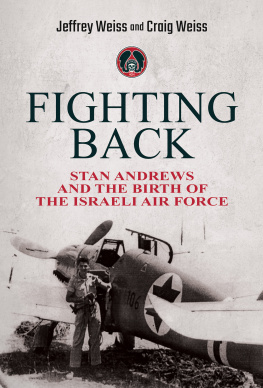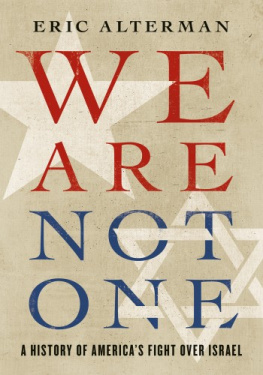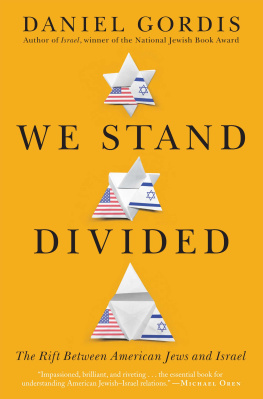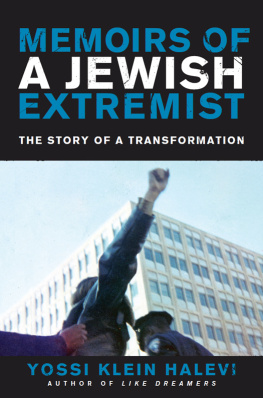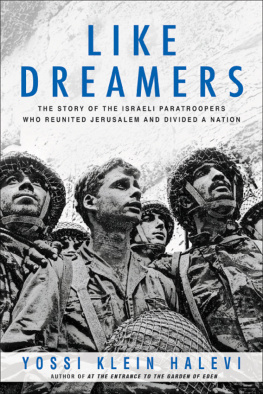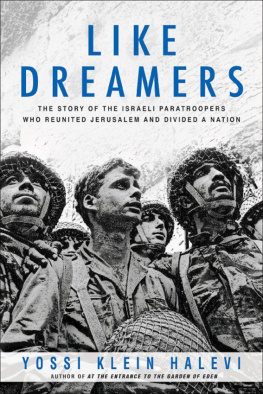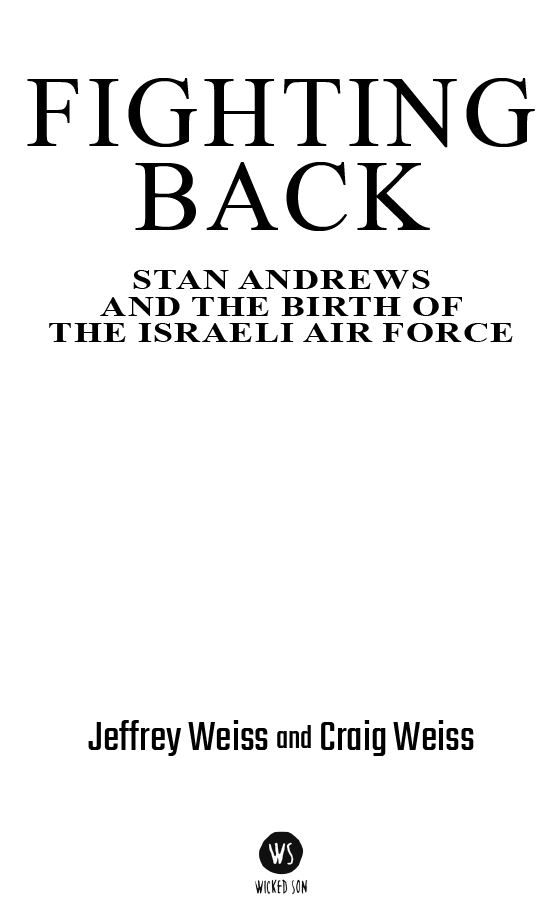
A WICKED SON BOOK
An Imprint of Post Hill Press
ISBN: 978-1-63758-311-1
ISBN (eBook): 978-1-63758-312-8
Fighting Back:
Stan Andrews and the Birth of the Israeli Air Force
2022 by Jeffrey Weiss and Craig Weiss
All Rights Reserved
Cover Design by Tiffani Shea
This is a work of nonfiction. All people, locations, events, and situations
are portrayed to the best of the authors memory.
The Army Air Corps Song
by Robert Crawford. Courtesy of Carl Fischer, LLC
San Fernando Valley
Words and Music by Gordon Jenkins
1943 (Renewed) EDWIN H. MORRIS & COMPANY, A Division of MPL Music Publishing, Inc. All Rights Reserved
Reprinted by Permission of Hal Leonard LLC
He Wears a Pair of Silver Wings
Words by Eric Maschwitz
Music by Michael Carr
Copyright (c) 1941 by The Peter Maurice Co., Ltd., London, England
Copyright Renewed and Assigned to Shapiro, Bernstein & Co., Inc., New York for the U.S.A. and Canada International Copyright Secured All Rights Reserved
Used by Permission
Reprinted by Permission of Hal Leonard LLC
No part of this book may be reproduced, stored in a retrieval system, or transmitted by any means without the written permission of the author and publisher.


Post Hill Press
New York Nashville
posthillpress.com
Published in the United States of America
For my children Danny, Abby, Tali, and Aaronwho never cease to inspire me and to make me proud to be their fatherand to Orlie, who has enriched my life beyond imagining and with whom I am sharing my own Israel advent ure. Jeff
For my wife Erica, who brought the joy of Judaism into my life, and for my children Yoni and Maya, who fill me with hope for the next generation of Jewish hero es. Craig
Contents
A shkelon is a quiet beach town, some thirty miles south of Tel Aviv. It became part of Israel on November 5, 1948, after the young nations army succeeded in driving out Egyptian forces during what would become known as the War of Independence.
The town grew slowly during the states first decades. On its eastern, southern, and northern borders, there was only deserta barren landscape that brought to mind the surface of the moon. Children who lived near the citys edge would play among the dunes. One spot, in particular, was a favorite site for their games. It was called Givat HaMatos Airplane Hill. No one was sure why.
Over the years, Ashkelon expanded, reclaiming more and more of the surrounding desert. In 1994, a work crew was operating along the edge of townnear Givat HaMatos preparing the area for yet another new neighborhood. Their bulldozer struck metal, something that looked like it might be from a plane, and the air force was called in to identify the remains.
First on the scene was Amit Shrem, a young officer who had an idea about what had been uncovered. He thought it might be from an Israeli bomber that had crash-landed in the Negev more than forty-five years earlier, during one of the climactic battles of the war. There wasnt much left to analyzea section of wing, parts of a propeller, a portion of the engine cowlings, and other fragmentsall long ago stripped clean either by the fire that burned for hours after the plane had ground to a halt in the sand or the subsequent years of exposure to the unforgiving elements. Still, Amit knew what he was looking for, and what he found was enough to confirm his hunch about the planes identity.
Amit related all of this to Jeff in a phone call in 2009. Jeff was researching that plane, or, more to the point, one of the men who had been on it for its last mission. From the background noise, it was clear that Amit was in the car with one of his kids, but he did not mind the interruption. He described the events of that day in a straightforward, matter-of-fact tonethe phone call to the museum where he was then serving, his trip out to the construction site, and his verification of the planes identity. But then he shifted. There was one thing, he said, that was maftia and meragesh (surprising and moving). He told about the excavation of the section of wing. It otherwise had no paint on it, understandable from all it had been through. Yet, as Amit immediately saw, the IAF Jewish Star emblem was still theresomehow, impossibly, intact.
* * *
Craig stood in the small apartment of Libby Anekstein, excited at the prospect of getting some answers to questions that he and Jeff had been struggling with for almost ten years. After exchanging pleasantries, Libby handed Craig a letter written more than sixty years earlier, one that had outlived both the writer and the recipient.
The letter was addressed to Irving Is Anekstein, Libbys husband, who had passed away within the last year. It was written by his brother Stan Andrews in April of 1948, only a few short weeks before Stan would travel to Palestine to join a skeleton air force as the local Jews prepared for independence and a certain invasion by the surrounding Arab nations. For nearly a decade, Craig and Jeff had longed to learn more about Stan. Perhaps foremost among their unanswered questions was why Stan had gone to Israel, a decision that was out of character with his entire life to that point.
A few minutes earlier, Craig had asked Libby why she thought Stan had done it. We dont have to wonder why he went; he told us, she had said as she handed him the letter. Craig began to read, aloud, to Libby and her daughter Narissa, the only other persons present:
This, in its own little way, is going to be a very momentous letter, so Id advise you to lean back and prepare yourself. I am leaving Los Angeles this Saturday (the 24th) and shall probably arrive in N.Y. that night. After about two weeks there, spent in obtaining my passport, I shall proceed across to Europe and thence, by various devious and melodramatic routes known only to a favored mysterious few, I go to Palestine. There I shall be engaged in my one-time and unlamented profession, flying combat.
I dont think its really necessary to tell you why I am going. Aside from repeating that I dont believe in Zionism any more than you do, I can only say that I feel its my fight as well as any other Jews, particularly after their betrayal by the U.S. Here is a thing that hundreds of thousands of Jews want, that, by their suffering, they have come to deserve, that is being attacked by Fascists, and that can only be won by fighting, a thing at which Im fairly adept. I think its as clear cut as that, but even if it were shadowed by other angles and facets of the situation, I would still go, because it represents to me one of the few chances that a Jew has to fight back against his tormentors and oppressors.
Craig paused and considered the incongruity of a person about to embark on arguably the most extreme of Zionist actionsgoing to Israel to fight for a Jewish statedeclaring a lack of belief in Zionism. Stan was, it was becoming clear, a person whose motivations defied easy explanation. The research journey had reached a critical milestone with the discovery of Stans letter to his brother and yet, at the same time, it was apparent that it was now only really beginning.
T he Americans of Stan Andrews era, those who lived their formative years during the Depression and went off to serve in World War II, have been referred to as the Greatest Generation. There is an analog to thatthe Greatest Jewish Generation. They were the ones who witnessed the largest Jewish tragedy in modern history, the Holocaust, and its claiming of the lives of one-third of all of world Jewry, and who were part of the fight against the forces of evil who were responsible for it. They then took part in the greatest Jewish miracle in modern historythe dramatic birth of the State of Israel in a stirring military victory only three years later, ending two thousand years of exile and putting to rest once and for all the reviled or pitied image of the Wandering Jew. Stan epitomizes the members of this highly select group of no more than a few thousand, his experiences a microcosm of a larger Jewish drama playing out on the international stage: a play in three acts that began with apparent belonging and acceptance in the pre-war world, the shock of anti-Semitism in the war years, and the great Jewish return to Zion after the war.
Next page
